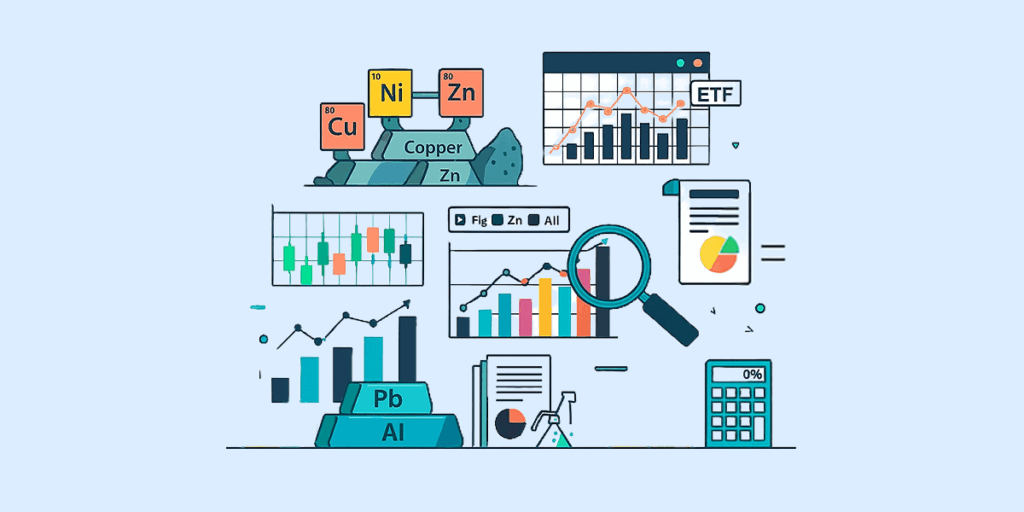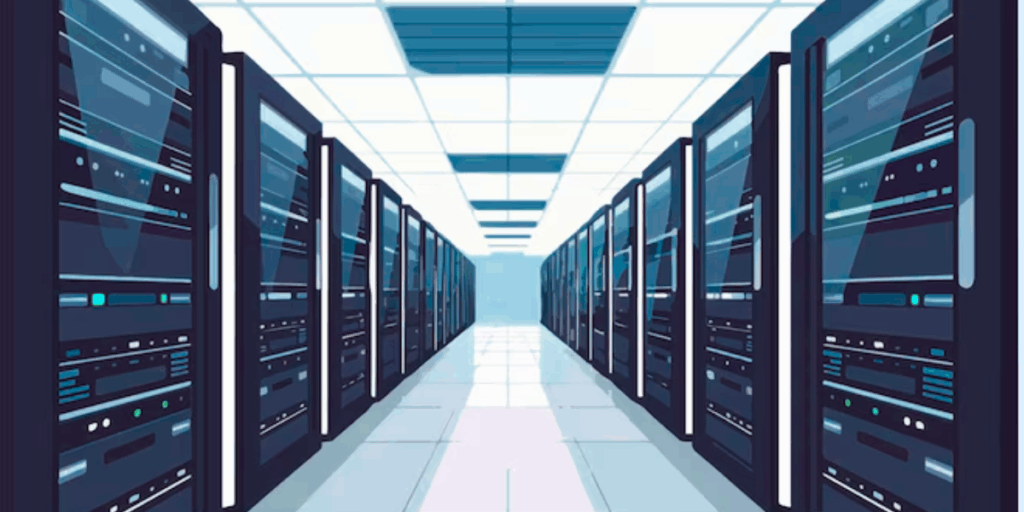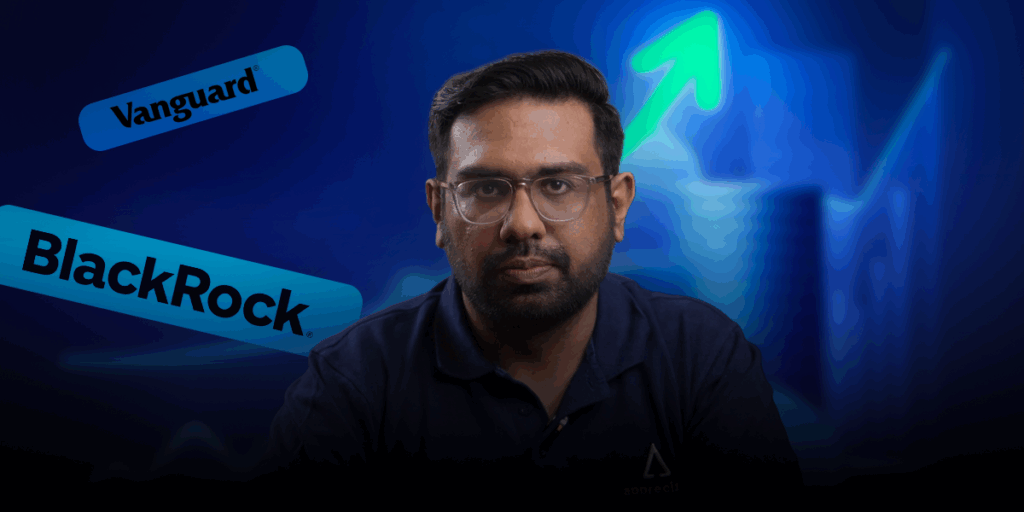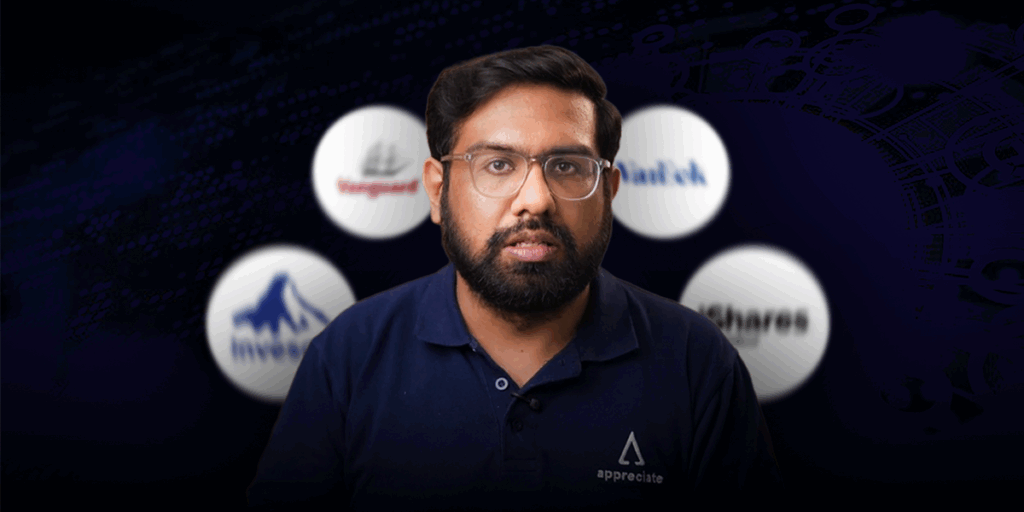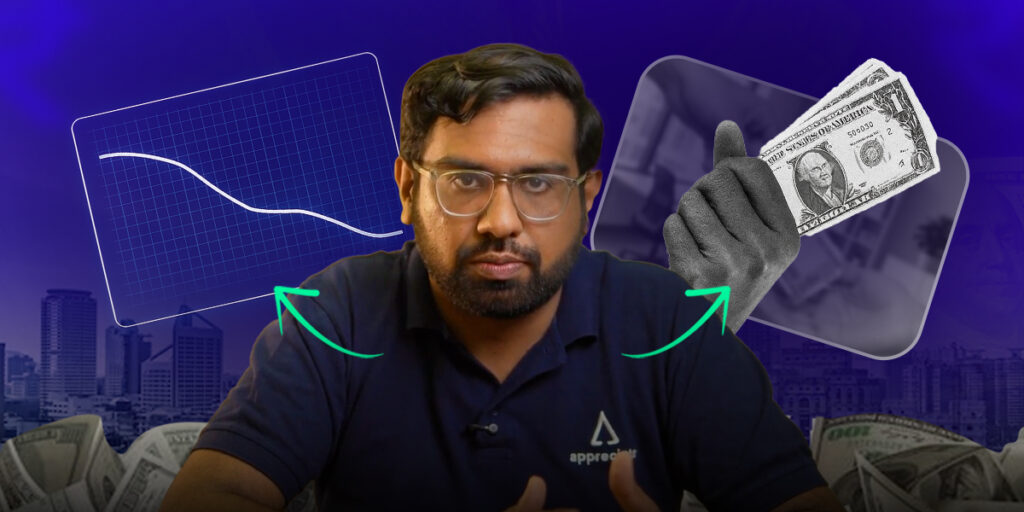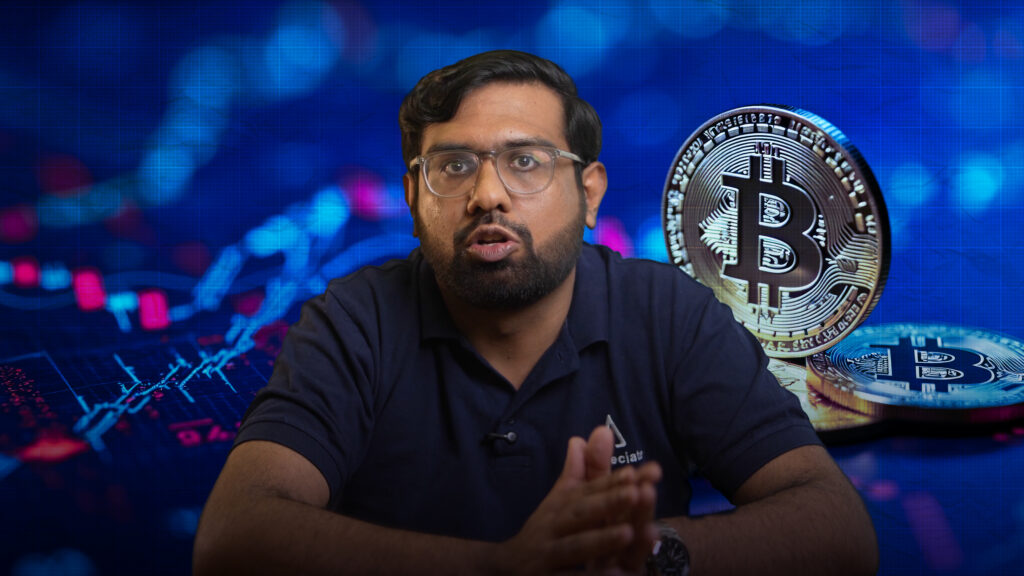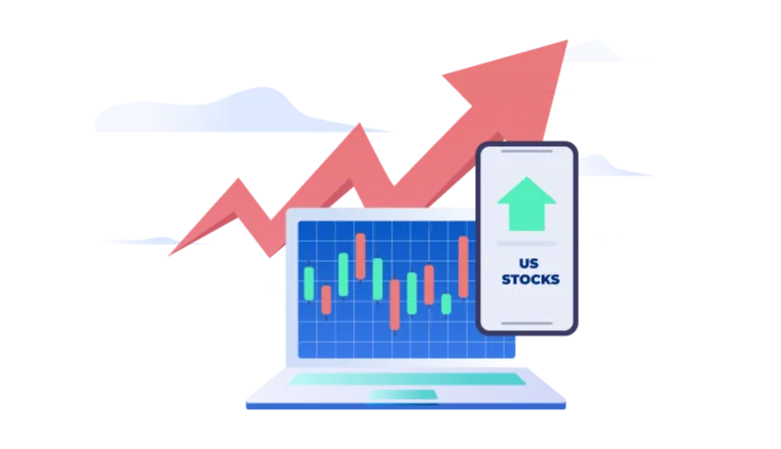While everyone was busy watching AI companies and crypto, base metals quietly built the foundation for what’s shaping up to be one of the most compelling investment themes of 2025.
The numbers don’t lie. Base metals ETFs are outperforming the S&P 500 by double digits, and the smart money is finally paying attention. This isn’t just another commodity cycle. It’s a fundamental shift in how we think about industrial metals in a world racing toward electrification.
Key Base Metal ETFs and Their 2025 Performance
A remarkable shift in performance is evident among leading base metal ETFs:
| Name | Ticker | Price ($) | Returns (YTD) | Type |
| United States Copper Index Fund | CPER | 34.15 | 34.87% | Copper Futures |
| Sprott Copper Miners ETF | COPP | 22.95 | 11.35% | Copper Miners |
| Global X Copper Miners ETF | COPX | 44.02 | 14.28% | Copper Miners |
| iShares Copper and Metals Mining ETF | ICOP | 29.66 | 14.89% | Mixed Base Metal Miners |
| Sprott Junior Copper Miners ETF | COPJ | 44.02 | 14.28% | Junior Copper Miners (Explorers) |
| Sprott Nickel Miners ETF | NIKL | 12.12 | 13.06% | Nickel Miners |
| SPDR S&P Metals & Mining ETF | XME | 74.64 | 29.52% | Broad US Metals & Mining |
| iShares MSCI Global Metals & Mining Producers ETF | PICK | 39.11 | 11.27% | Global Multi-Metal Miners |
The Supply Crunch Is Real
China’s copper smelters are cutting production. It’s not a minor adjustment—it’s a significant pullback that’s rippling through global markets. Add regulatory restrictions on new smelting capacity, and you’ve got a recipe for inventory drawdowns that would make any commodities trader nervous.
The numbers tell the story: stockpiles are shrinking while demand keeps climbing. This isn’t just a temporary blip. Industry experts are calling it a structural deficit that could persist well into 2026.
Green Energy Is the New Growth Engine
Here’s where things get interesting. The global push toward clean energy isn’t just environmental policy—it’s become an economic imperative that’s reshaping entire industries. Electric vehicles, solar installations, wind farms, and grid modernization projects are all copper-intensive. Every Tesla needs roughly 180 pounds of copper. Every wind turbine requires about 8,000 pounds.
The International Energy Agency projects annual metals demand will grow at 7% through 2050, double the rate of the past decade. That’s not speculation; that’s infrastructure math.
But there’s another player in this game: artificial intelligence. Those massive data centers powering AI applications? They’re copper-hungry monsters. As tech companies race to build AI infrastructure, they’re inadvertently becoming some of the biggest drivers of industrial metals demand.
The Macro Picture Is Brightening
The Federal Reserve’s dovish pivot is creating a friendlier environment for commodities. Lower interest rates make non-yielding assets like metals more attractive. Meanwhile, a softening dollar is making dollar-denominated commodities cheaper for overseas buyers.
This isn’t just about Fed policy. Global recession fears are fading, and risk appetite is returning. When investors feel confident, they tend to embrace cyclical plays, and base metals fit that bill perfectly.
Choose the Right ETF Strategy
The ETF landscape offers several ways to play this trend, each with distinct risk-reward profiles.
Miners’ ETFs like COPX and XME provide leveraged exposure to metal prices through mining companies. When copper rises 10%, these stocks often jump 20% or more. The flip side? They fall just as hard when sentiment turns.
Pure-play metal ETFs such as CPER offer direct exposure to spot prices without the operational risks of mining companies. They’re cleaner plays but come with their own complications—particularly around futures market dynamics that can eat into returns over time.
Regional ETFs add geographic diversification but also introduce country-specific risks. Australian miners face different regulatory environments from Chilean ones, and those differences matter when markets get volatile.
The Risks
Let’s be clear: this isn’t a risk-free trade. Commodity ETFs are notoriously volatile. Price swings of 5-10% in a single day aren’t unusual. Many of these funds are also concentrated in a handful of holdings, meaning one company’s bad news can derail your entire position.
Futures-based ETFs carry additional structural risks. Contango and backwardation—technical terms that describe how futures prices relate to spot prices—can significantly impact long-term returns. It’s the kind of complexity that can blindside unprepared investors.
The Bottom Line
Base metals ETFs are outperforming broader markets for good reason. The confluence of supply constraints, green energy demand, and supportive macro conditions creates a compelling investment thesis. But this isn’t a set-it-and-forget-it play.
Successful commodity investing requires patience, risk tolerance, and a willingness to ride out significant volatility. For investors with medium- to long-term horizons who understand the risks, base metals represent a timely opportunity to align portfolios with some of the most powerful economic trends of our time.
The energy transition is happening whether we like it or not. The question isn’t whether it will drive metals demand—it’s whether you’ll be positioned to benefit from it.
Disclaimer: Investments in securities markets are subject to market risks. Read all the related documents carefully before investing. The securities quoted are exemplary and are not recommendatory.

